10 secrets to a stunningly fun CFD simulation
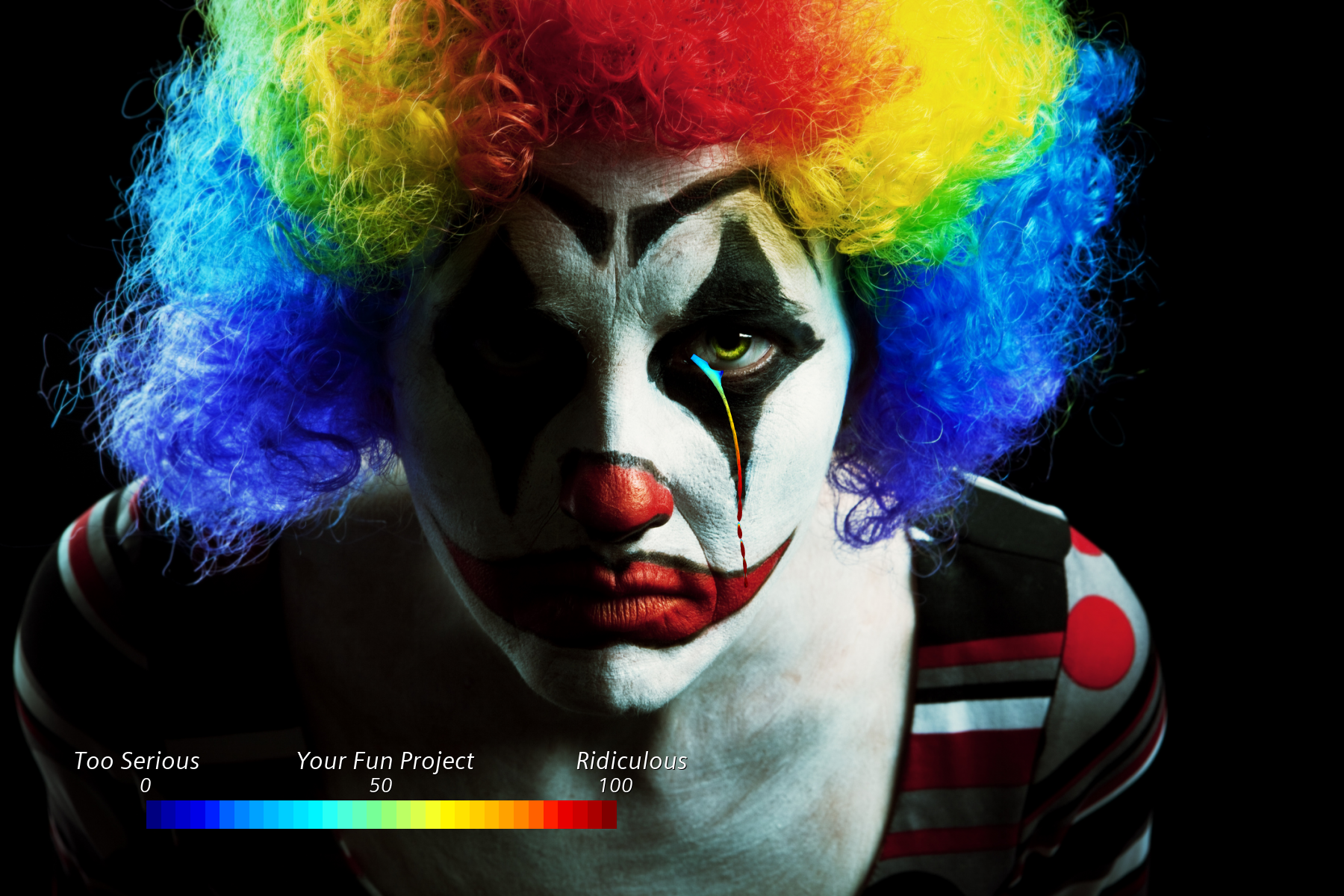
Another Friday afternoon, another chance for a fun CFD simulation! Those tiny little projects we do out of pure curiosity. The ones we sometimes do just because we can. The ones we do because we all like those five minutes of fame when our engineering mates give us their kudos. But most importantly, the ones we do because we love fluid mechanics.
But, all that motivation aside, what sets the brilliant, outstanding, engaging fun CFD simulation apart from the vast majority of attempts. What is the secret of those masterpieces of fun CFD simulations that inspire the masses?
The honest answer is “I have no idea”. But I have some educated guesses.
Here are my top-ten tips to make your fun CFD simulation project inspire the masses
1. Do it for the sake of itself
Whatever you choose to simulate, in first place do it because you want to do it. Because you really want to see that thing running and get some engineering insights.
One fun CFD simulation project I did just because I always wanted to is E.C. Escher’s waterfall. Funnily it quite nicely represents the concept of doing something just for the sake of itself.
At the end of the day, #1 alone will not guarantee that your fun CFD project will reach the masses. But I firmly believe it is one of the preconditions to generate something that has the potential to.
If you are doing it for the likes and shares in first place, it’s never going to work out. Believe me I’ve tried and failed numerous times
2. Do something creative
After Elon Musk lifted the secret, how many times have you seen the aerodynamics simulation of the Tesla cybertruck? Frankly, after the fifth one done quick and dirty in two days, I was so bored by it that I could barely stand it.
CFD can be used for so many things. With the right tool CFD is capable of far more than single phase flow of a car (no doubt even the latter can have a great appeal, see #6). When you want to do something that catches peoples interest be creative in your choices. Take this great example by my former colleague Nipun:
Pythagoras cup! Ever heard of it? Neither did I, but it is an amazing piece of historic fun fluid mechanics that seriously deserved a fun CFD simulation! And then that guy takes his CFD results, and prints that cup to validate. That’s the spirit of fun CFD simulation projects!
At the heart of this is a creative process: And creativity is something that for many seems like a miracle. But there is some intrinsic structure to that magic: Robert McKee gave the best definition of creativity I have ever heard:
Creativity is when someone knows about “X” and “Y” and combines them to “Z” the way no one ever considered to combine them!
That said, there is nothing wrong in leveraging something that others have done before. But two things are essential: One, you know a lot about X and Y. Two, THE WAY you do it, the DEPTHS with which you do it or the FIELD that you apply it to sets you apart from the masses which brings us to…
3. Take care of the details
As simulation engineers it has taken us decades to built up credibility of CFD in serious engineering processes. Thousands of CFD engineers before you have spend millions of hours to achieve the standing CFD today has. However meanwhile, thanks to commercial tools, with all their automation, ease-of-use, stability, performance and postprocessing capabilities, CFD simulation has become accessible to many! Gone are the times when only the hardcore numericists could handle the codes.
But that brings us to a serious word of caution for any fun CFD simulation: Even if it’s just for fun, even if the programs are easily to handle, the devil is ALWAYS in the details. And only if you are willing to take care of the details, you will make a high quality CFD simulation. Mesh matters, boundary conditions matter, model choices matter! A high quality CFD simulation requires research! Guaranteed, your fellow engineers will distinguish the quality ones from the quick and dirty ones.
Don’t destroy the heritage of CFD no longer being flagged colorful fluid dynamics or color for directors! It’s your responsibility with each and every CFD simulation, and fun CFD simulations are no different.
Here’s one example of an absolute nonsense application that still is done with maximum technical care:
“The Christmas Engine.” While it looks like fun, it is actually an internal combustion engine simulation with moving valves (Christmas trees) and piston (glass hemisphere), fuel spray injection (broom), ignition (carrot spark igniter) and combustion. There is no compromise on fidelity. That’s what taking care of the details means.
4. Be prepared to invest more than you thought
If you take #3 seriously, I can tell you you will always run into #4. The nature of #2 implies that you will probably explore something, you have not done before, that implies you will run into traps you did not see coming, you need to find solutions to problems you did not expect, you will understand the problem requires way more complex physics and a way finer mesh and time step than you would have ever thought.
In short, you will engineer innovation.
I assume it is called “experience” once you bring down the ratio of initially anticipated to actual fun CFD project time in the order of unity. Right now, my fun CFD simulation projects typically take 10 (!) times longer than I initially anticipated. A bunch of projects got never finished because they turned out to be way more complex than I initially thought. Apparently, I have room for experience.
Among my personal disasters is my Saturn V Rocket Launch. I wanted to launch the rocket for last year’s 50th anniversary of Apollo 11. I had the ultimate plan to generate a digital replica of the original NASA broadcasting of the launch from 1969.
In the end, 50th anniversary passed, my rocket making a few inches from the launch pad. All I had were a few fancy looking screenshots by the time the anniversary happened.
After investing many days, I never released the stuff. I stumbled over my own perfectionism and realized rocket science is indeed rocket science. Now, despite 10 years of CFD experience I am apparently still pretty bad in realistic forecasting! However, I will get that digital twin of the Apollo Launch video done for the 100 year anniversary, promised.
In the meantime, I was a lucky chap. With Adaptive mesh refinement and the automatic coupled solver two new features came along that might save me from a complete failure. This time I started small, but “hey, Saturn V, I am after you…”
5. Raise curiosity and then deliver insight
This is the key of every well-told story. And well made fun CFD simulations are nothing but a story told in the format of computer aided engineering. At the core of storytelling is the idea of bonding the audience to the story, create suspense to keep the bonding, raise the question “How is this going to turn out?” and then at the moment of maximum tension, at the ultimate crisis choice of the hero, deliver an insight the audience has not had before.
Now of course translating this ideal form to a CFD simulation is really difficult. But however, for your CFD fun project, whatever you simulate, when you want to make people engage with it, it needs to teach them something they have not known or even thought about. This is not always trivial if you are telling the story to experienced engineers. But if you are able to identify those sweet spots at the edge of engineers knowledge and entertainment your fun CFD simulation project will become a blockbuster.
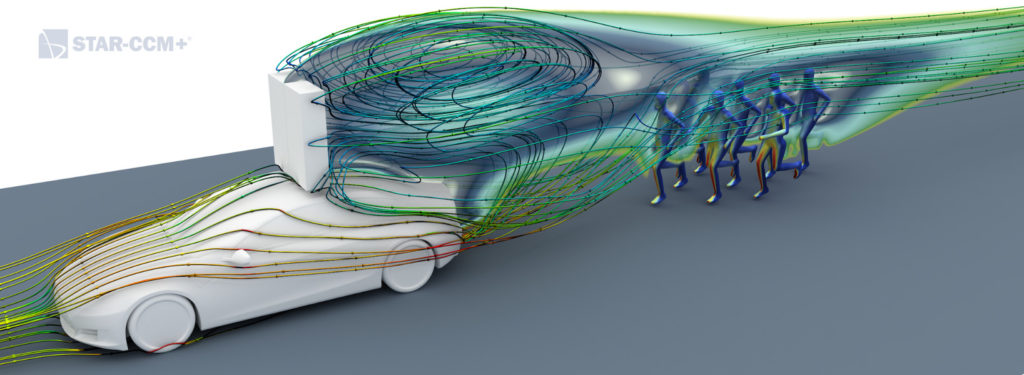
A great example of delivering yet unseen insights was the project by my colleagues Prashanth and Stephen. In a great fun CFD analysis they uncover the aerodynamics trickery that made it possible to run a marathon in under two hours.
Another one, with great insight came from my colleague Robin. With his blog series on touch temperature he delivers insight on Why Metal Sauna Benches Aren’t a Thing
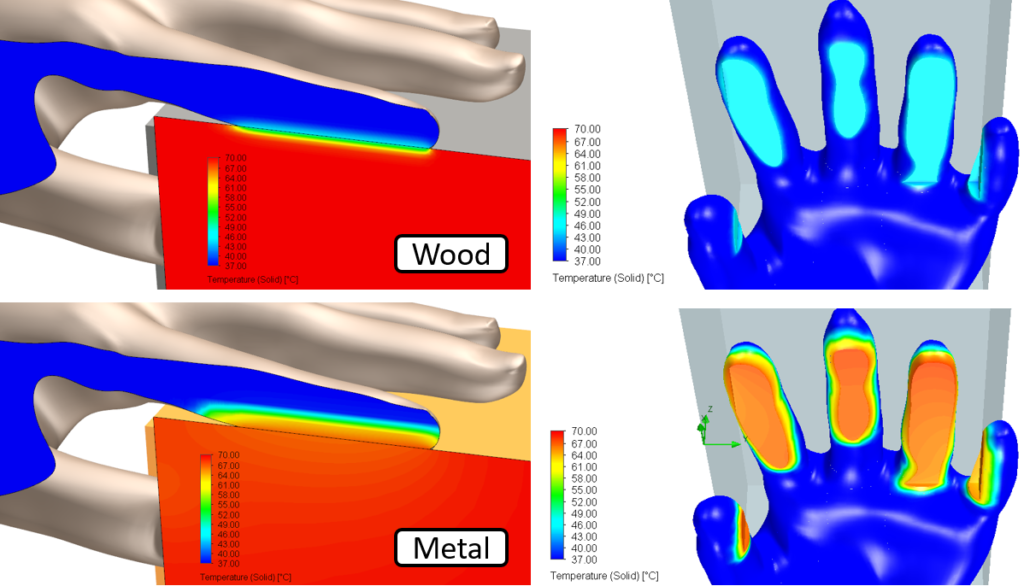
and Why Woolen Sauna Hats Are a Thing. So he just answered questions we all have always been asking ourselves. Or even better, we did not know we should have asked ourselves for a long time!
6. Make the simulation relatable to the masses
Engineers are one bunch, “common people” are a huge audience. If you really want to help with the democratization of CFD the latter should be your target just like the former. If you are able to make that stretch with your simulation, success of your fun CFD simulation project will follow. Now I understand this is not an easy one, serving the longtime CFD engineer, that is into turbulence model details and the dude from next door at the same time is pretty tricky. But after all we are all human!
One of my favorite examples how that can be done is by my colleague Mohammed. With his Grill Masters – Unveiling the secrets with CFD he just nailed it. I mean everyone loves BBQ, and no one ever thought about it as a CFD engineer. Or maybe did, but did not take it down the road. Until this thing went through the roof.
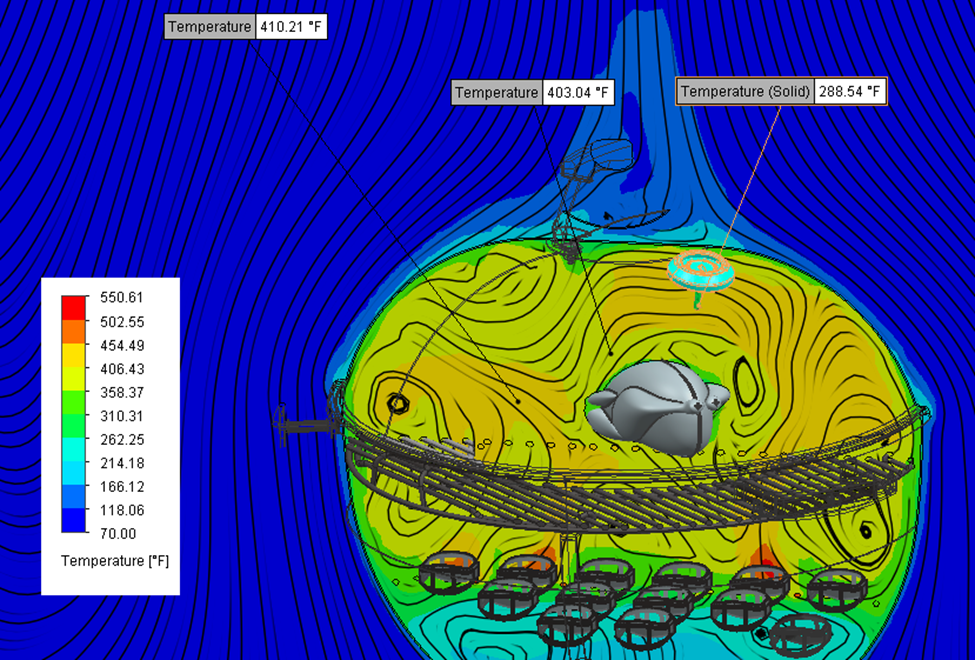
Another example to relate to a way bigger audience is the great project by my former colleague Chris Beves:
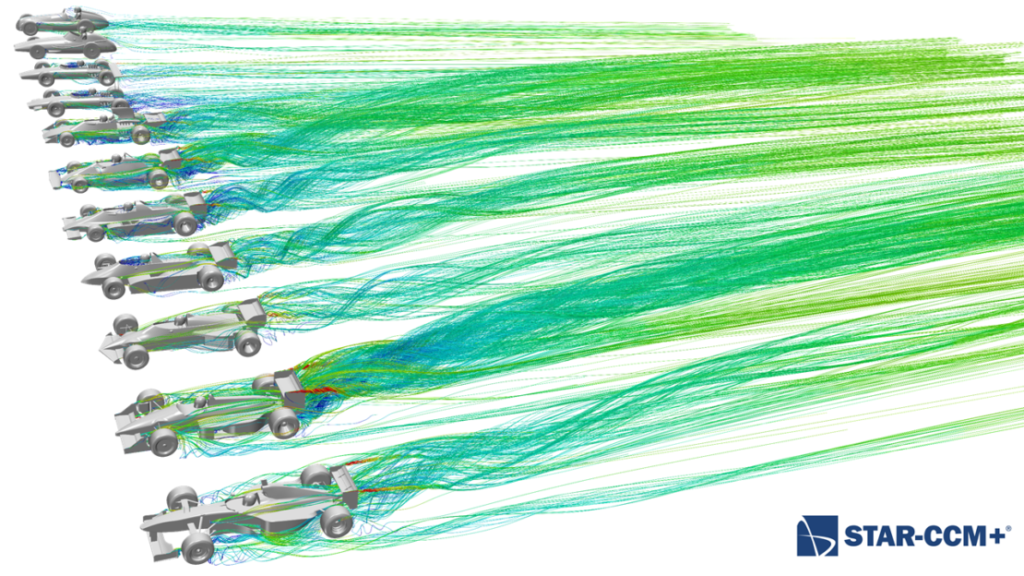
Coming back to my comments on the Tesla Cyber Truck in #2, yes, Chris did do external aerodynamics as well, however he took #3 very seriously and even if every CFD engineer has some idea of aerodynamics, his blog takes this knowledge to another level by the choice of what he looked at- historic Formula 1 cars with means of modern CFD. At the same time the audience is way broader than just aerodynamics experts: Formula 1 enthusiast got engaged with the story, just like professional engineers. Even after a few years the story is still a magnet.
And finally my friend Prashanth took it to the next level. For “Back to the future” day (see #8), he investigated the aerodynamics of the Delorean, with devastating insights on its flight performance, but a big buzz on social media.
7. Make postprocessing a visual firework
I love that one. Because it is always an invitation to the old school CFD folks to jump onto the good old “color for directors/colorful fluid dynamics” train!
Here’s my response to them all the time, inspired by one of my personal legends of science, Richard Feynman:
Feynman: “I have a friend who’s an artist [..]. He’ll hold up a flower and say ‘I as an artist can see how beautiful this is but you as a scientist take this all apart and it becomes a dull thing,’ Feynman: ‘I can appreciate the beauty of a flower. At the same time [..] I could imagine the cells in there, the complicated actions inside, which also have a beauty. [..] there’s also beauty at smaller dimensions [..] The fact that the colors in the flower evolved in order to attract insects to pollinate […] adds a question: does this aesthetic sense also exist in the lower forms? Why is it aesthetic?
All kinds of interesting questions which the science knowledge only adds to the excitement, the mystery and the awe of a flower. It only adds. I don’t understand how it subtracts. ”
Now I don’t dare to compete with Feynman, but… I have a friend who is an engineer and anytime he sees some beautiful CFD postprocessing he would say “I as an engineer can understand all the details behind that scene but you as a marketer make this all look so posh and it becomes a superficial thing.
”Well, my friend, beautiful postprocessing only adds to the excitement, the mystery and the awe of CFD. It only adds. I don’t understand how it subtracts.”
Whether or not you do beautiful visual postprocessing (and for the sake of this whole blog, I strongly recommend to do so), has absolutely NOTHING to do with whether the RESULTS behind that beauty are good or bad! Bringing us back to #3. Period.
And here’s my personal favorite when it comes to beautiful postprocessing. The setting is just so cheesy that that thing went through the roof on Valentine’s day. A true heart-breaker CFD simulation by my colleague Leo Becker.
On the other end of the romantic spectrum: For an impressive CFD driveby (no shooting involved) I had to polish wheel rims for my colleague and car enthusiast Peter for half a day. Until they were heads-up with the quality of the underlying aerodynamics simulations.
8. Make sure your fun CFD simulation is relevant
Christmas, soccer world championships, Halloween, St. Patricks day, Superbowl,… It’s the 101 of marketers to have those on the schedule and then, right on spot, have some fun CFD simulation go out the door (see my project for the 50th Apollo 11 anniversary).
If done right and delivered on time, #8 will be a massive – if not the – booster to make your fun CFD simulation travel the world: Two great examples stem from my colleague Prashanth who participated in the FIFA World Cup AND the Superbowl. The simulations were done with care, insightful, relevant to a huge audience and… delivered spot on. Results on social media followed.
9. Take your fun CFD simulation project seriously
They are called fun CFD simulation projects, but the secret to make something that matters to the world is, tackle it as seriously from a technical perspective as any real engineering challenge! Follow tips 1 to 10 with care and chances are high you will succeed.

10. Choose a fun-to-work-with tool
And even though #9 sounds like hard work (because it is), my #10 is the ultimate key to success: A fun CFD simulation project has to be conducted with joy. And while we probably all love doing CFD, there is one thing that will further raise the joy – and that’s using the right toolset:
Learn more about Siemens Computational Fluid Dynamics CFD software
Simcenter STAR-CCM+, a complete multiphysics computational fluid dynamics software allowing CFD engineers to simulate products and designs operating under real-world conditions.
Simcenter FlOEFD, enables design engineers to fully explore the design space by frontloading fluid flow and heat transfer early in the design process through CAD-embedded CFD simulation.
Comments
Comments are closed.
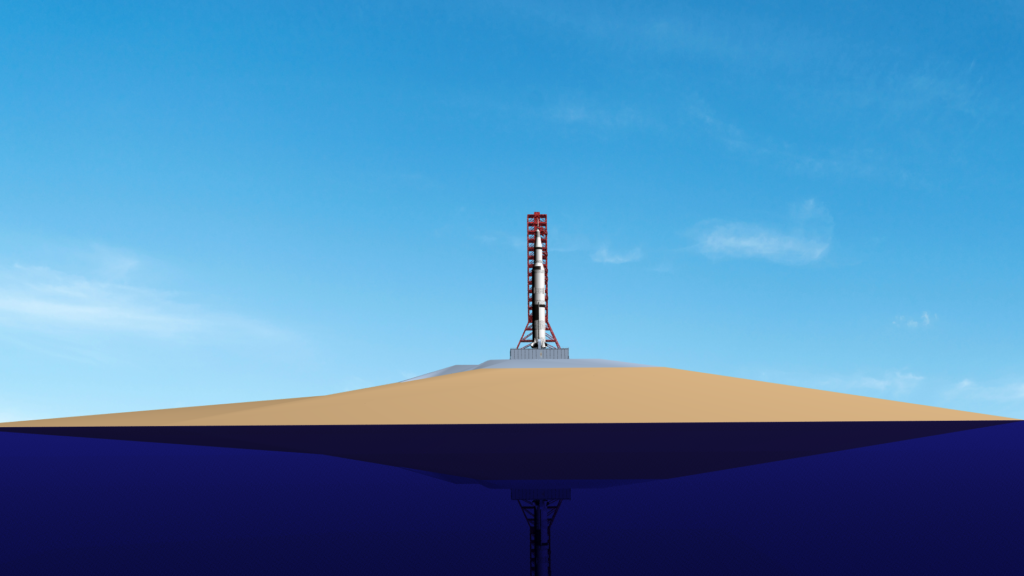
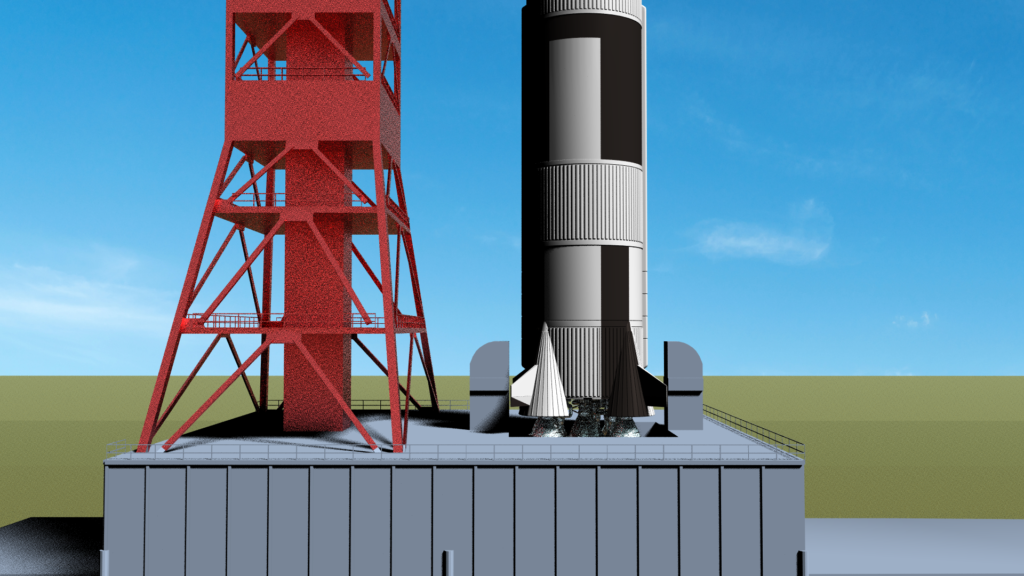
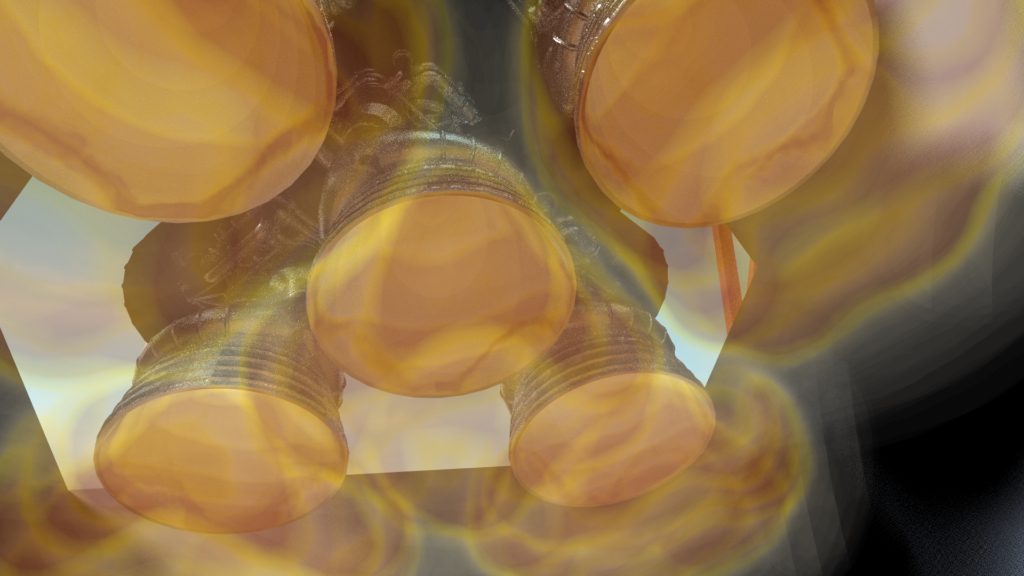
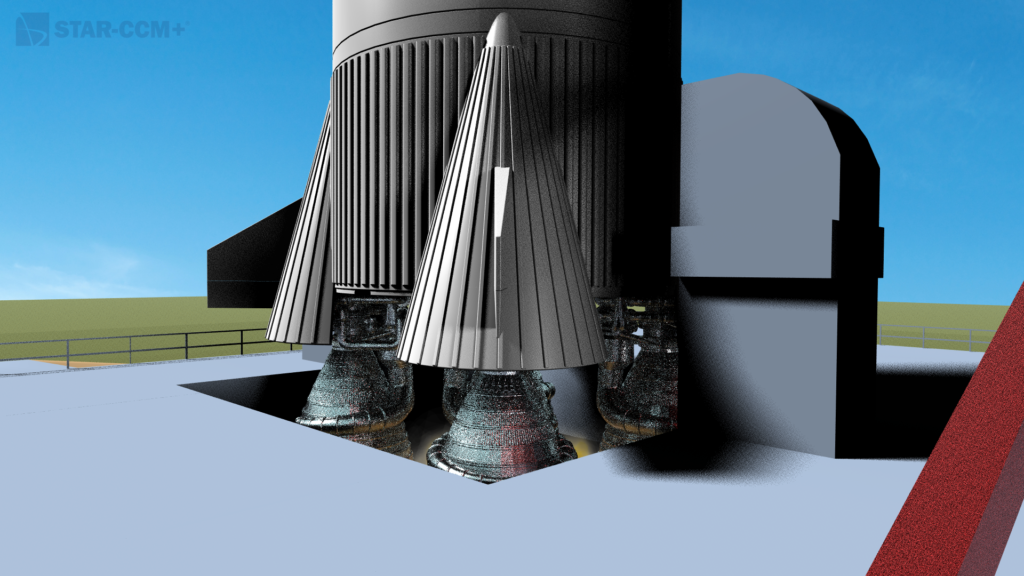

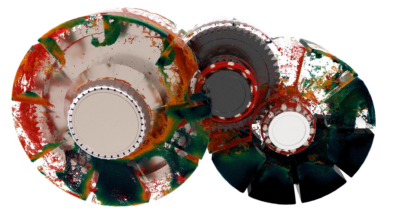
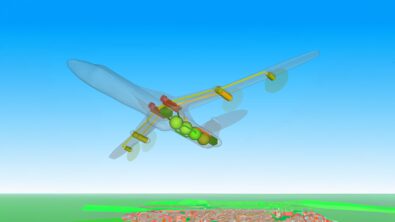
I hope we have the appropriate licensing to use these images : )
Jeremy, glad you took this seriously. Thanks. 😉
Hi Jeremy,
I need to get to this level of CFD and can’t find someone who is advanced enough to teach me. Looking for a tutor. Are you or anyone else available for a few sessions?
Thanks
Kristen
Kristentapping@gmail.com
Hi Kristen,
thanks for your interest in our solutions. The first step is to understand if/how you have access to our software (university/company). We have numerous options tailored to your needs to get you started. I will reach out to you “behind the scenes” and get the right people in touch with you to see what we can do for you. If you license one of our Simcenter products the spectrum ranges from (online) training courses to a dedicated support engineer system.
Best regards,
Simon